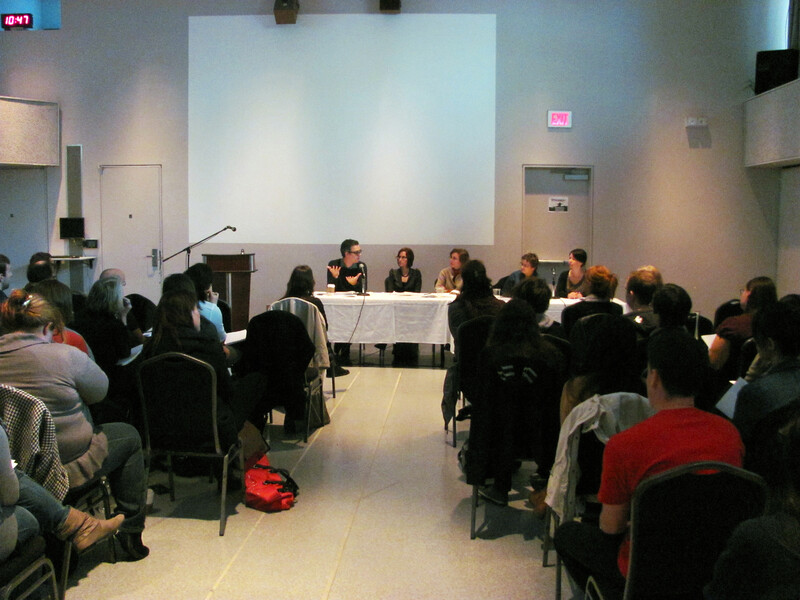
Join us for a mini-conference featuring faculty, students and arts professionals discussing the meanderings of mentorship as it navigates the fields of artistic and curatorial practices, the writing and research skill requirements of art history, and the transition to graduate school.
The title Out of Joint refers to the Art & Art History Program—a joint undergraduate program between Sheridan and the University of Toronto Mississauga. The landmark Canadian program in visual arts (the first of its kind between a college and a university) celebrates its 40th Anniversary this year and is the focus of the Blackwood exhibition Viva Voce.
10–11am
Keynote: Christof Migone
Moderator: Greg Elgstrand
Shannon Anderson – Marnie Fleming
Jill Caskey – Heather Saunders
11am – 12pm
Moderator: Sandra Rechico
Jay Wilson – Matthew Hoffman
Marla Hlady – Faye Mullen
1–2pm
Moderator: William Huffman
John Armstrong – Denyse Thomasos
Christof Migone – Johnson Ngo
UNTEACHABLE: PROVISOS FOR A PARA-PEDAGOGY
Christof Migone
You can’t teach art, but you can establish some sort of ambiance where art could happen.
You can't teach art, but if you're around artists you might pick up something.1
Both statements come from John Baldessari, renowned artist and reputed art teacher at CalArts and then UCLA until his retirement in 2007. Both statements temper the initial failure of the unteachability of art with similar mitigations. The first claims that one can establish some sort of ambiance where art could happen. This can be read as: the conditions of possibility for the creation of art can be provided. You may provide the framework, but whether art happens or not is accidental. The second, if you're around artists you might pick up something. In other words, one can learn something in art school but only sideways, by happenstance, through adopting a kind of parasitical positioning.
Both statements are provisional and contingent on unknown or unstated conditions: art could happen, you might pick up something. Rather than present this tentativeness as one particular to the teaching of art, it is tempting to read them as an elucidation of all academic pursuits. Although, perhaps art is one of the few disciplines with a heightened self-awareness that the exercise of teaching is fraught, frayed and unable to provide a guarantee of successful learning. Perhaps art as a subject, a practice, a pursuit contains a higher quotient of the unknowable. That agnostic state foregrounds failure—the failure that results in the assertion that "You can't teach art" by the respected art teacher.
But surely all disciplines are prone to the same hubris deflator. The teacher as guardian of all knowledge, even beyond what the teacher knows, is an authoritarian model that has been often been undermined and debunked. In the following passage from What is Thinking?, Heidegger presents one such argument: "Teaching is more difficult than learning because what teaching calls for is this: to let learn. The real teacher, in fact, let's nothing else be learned than—learning. His conduct, therefore, often produces the impression that we properly learn nothing from him, if by 'learning' we now suddenly understand merely the procurement of useful information. The teacher is ahead of his apprentices in this alone, that he has still far more to learn than they—he has to learn to let them learn. The teacher must be capable of being more teachable that the apprentices."2
To let learn echoes Baldessari's notion that a fostering environment is key. The other component Heidegger introduces is that in fact the teacher is further behind than the student for the teacher has to be able to learn how to create the conditions that spurs education. The conveyance of information through this whole process is downplayed, or even reneged. The focus is the frame.
Jacques Rancière's oft-quoted scenario from The Ignorant Schoolmaster is apropos here for it outlines a pedagogical methodology predicated on a mutual emancipation of both teacher and student. The emancipation consists on actualizing a self-learning, by one's self, almost despite any attempts by the teacher to teach. The scenario is drawn from an epiphany that Joseph Jacotot has in 1818 upon finding out that his Dutch students were able to learn French even though he himself did not speak Dutch and thus could not communicate with them. They did it on their own with the sole aid of a bilingual text.3 The lesson, according to Jacotot (and Rancière), was that the necessity of explication was a myth and that comprehending or understanding was not the same as learning.4 The underlying premise that Rancière derives is that we all come to learning with the same intelligence. The explicating expert does not occupy higher ground. This radical divergence from the Socratic method matches the investigation that Michael Fernandes, the Blackwood Gallery's artist-in-residence this past summer, undertook with participants in the Running with Scissors kids' art camp. He posed the following questions to them: "What have you learned that your parents or teachers haven't taught you?" and "What do you know (by yourself) and how?" This is less a quest for innate knowledge, and more the testing of the hypothesis that learning is dissociable from teaching, or that the learner and the teacher roles are not dissociable—we can teach ourselves.5
Now back to art. If teaching art is not possible, does this mean that the presumed corollary, learning art, is also doomed? Or, can one learn art without being taught? Perhaps this is where mentoring comes in. This nebulous para-pedagogical activity remains largely loosely defined, unquantifiable and non-formalized. Mentor is the name of the trusted advisor of Telemachus, the son of Odysseus in Homer's Odyssey. Not so coincidentally the bilingual book Jacotot used to (not) teach French was Fénélon's Les Aventures de Télémaque; this book is the reported origin of when Mentor became mentor.
Before continuing on the subject of the mentor let me address the divide between Art & Art History. Art appended by History seems discernable whereas Art without a corresponding attachment seems naked. Is it the art of art? What is art by itself? To reflect the actuality we could, as many schools do, dub it Studio Art, a place where one practices art. But it is also a place which somehow should still reflect the etymology of the word: studio, from the Latin, studium, to study. So, not just a place but an activity. Both the place where one studies and the act of studying. The two are entwined. Recall Baldessari's ambiance. By extension one could posit that this first Art in the joint Art & Art History, is not solitary, rather it is linked by the ampersand (Art & ?, Art & !, Art & ..., Art & and, etc.) and as such is always accompanied. Not just Art, but always Art & (as with Iain Baxter&).
Is the space for the study of art the same as the space for the practice of art? Certainly the common word used, studio, is the same for both. Perhaps they vary only in the degree of autonomy, the first being more tethered than the other. And perhaps the mentor can be viewed similarly, as a teacher beyond teaching, as a teacher who rephrases the now prevalent institutional catchphrase learning outcomes to learning, how come? A question mark pointing inward, an auto-critique, an awareness and reminder that quantifiable products might be anathema to learning. The mentor as éminence grise, but not wielding power and influence as much giving the floor over to the student. The largely invisible and considerable work is in making the floor available.
Returning finally to Baldessari in What Things Me Now (1982) who declares (though note the brackets): "(I am interested in art as a way of knowing.)"6 and juxtaposed to artist Pae White's statement, "My favorite art is the art I don't understand",7 we face an unsurprisingly paradoxical situation. Merging the two together would sound something like: "I am most interested in a way of knowing through art that I don't understand." Perhaps an anecdote by Paul de Man might help in interpreting the above: he recounts losing the ability of driving gracefully ever since he learnt that for every 100 meters one drives one makes at least thirty-six decisions.8 Sometimes knowledge incapacitates and paralyzes. Art has a tenuous relationship to knowledge. It sometimes prefers ignorance. It sometimes goes beyond by purposely ignoring the point.
The mentor working in the context of art, of the unknowable is at best a para-pedagogue. A para-pedagogy is both beyond and beside. Unquantifiable. Learning to unlearn while learning to let learn. The 1952 prospectus of the legendary Black Mountain College stated that students would receive a fine education if they were just given the option of looking while the teachers educated themselves.9 The as yet unnamed figure of the autodidact (not to mention amateur) is present as a kind of specter throughout this discussion. Mentoring might just be the shared version of the self-taught. No longer the lone individual, reclusively learning, but the moments where all sides join in the attempt to know "what we don't yet know how to know."10 In other words, art. The art you can't teach, but the art we can learn.
Out of Joint: Voices on Mentoring
Christof Migone
Moderators
Gregory Elgstran, William Huffman, Sandra Rechico
Speakers
Shannon Anderson, John Armstrong, Jill Caskey, Marnie Fleming, Marla Hlady, Matthew Hoffman, Faye Mullen, Johnson Ngo, Heather Saunders, Denyse Thomasos, Jay Wilson
Event Documentation
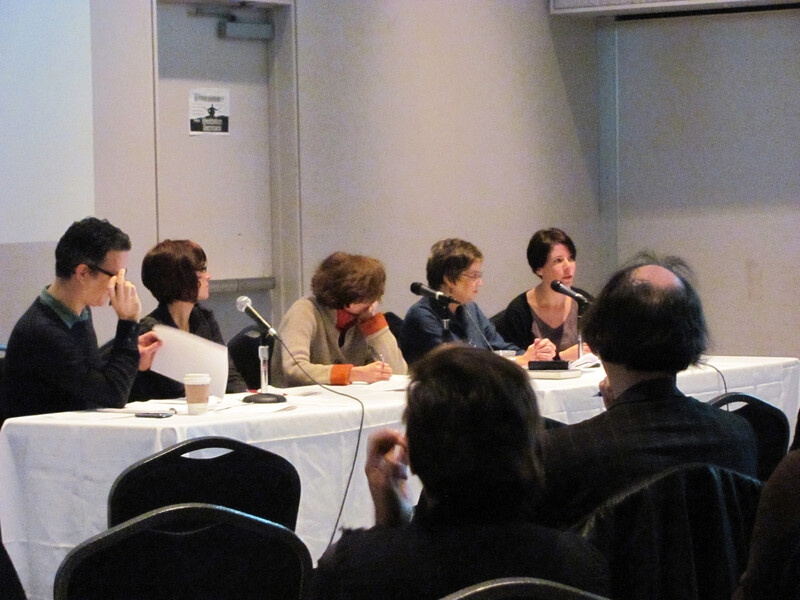
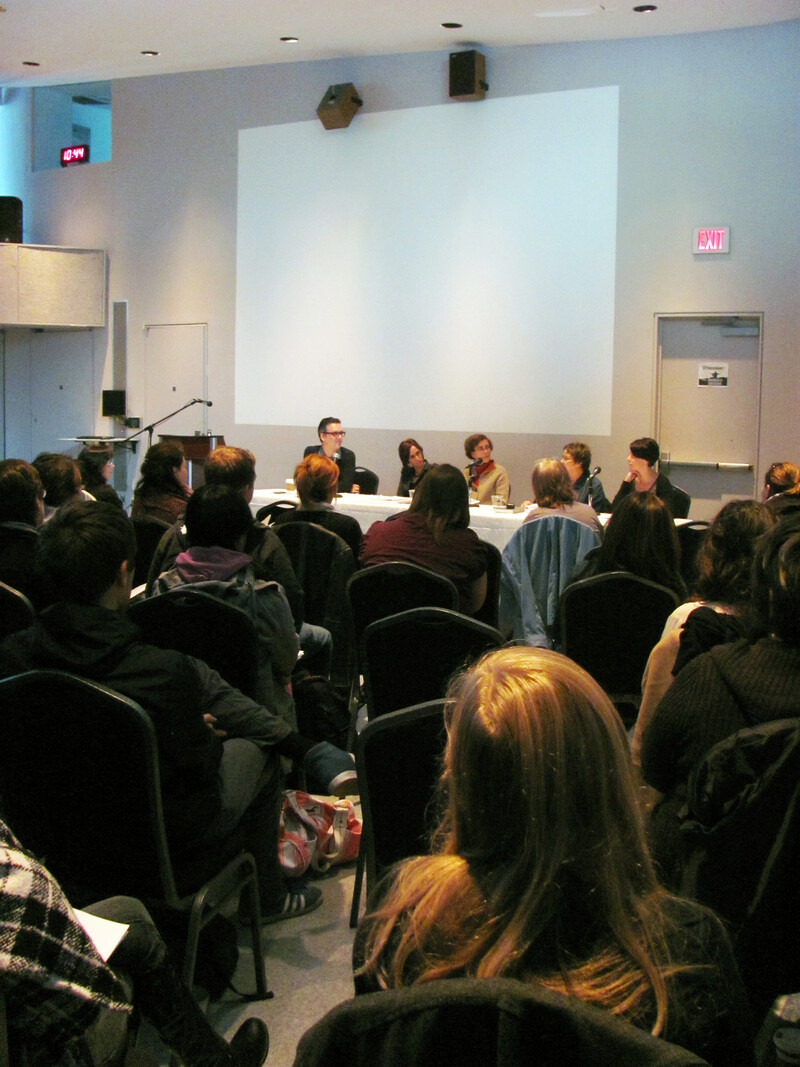
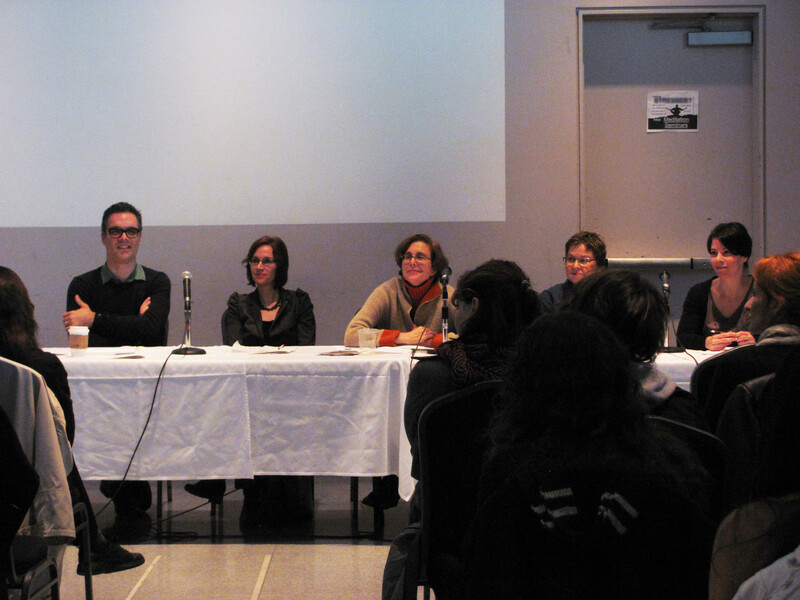
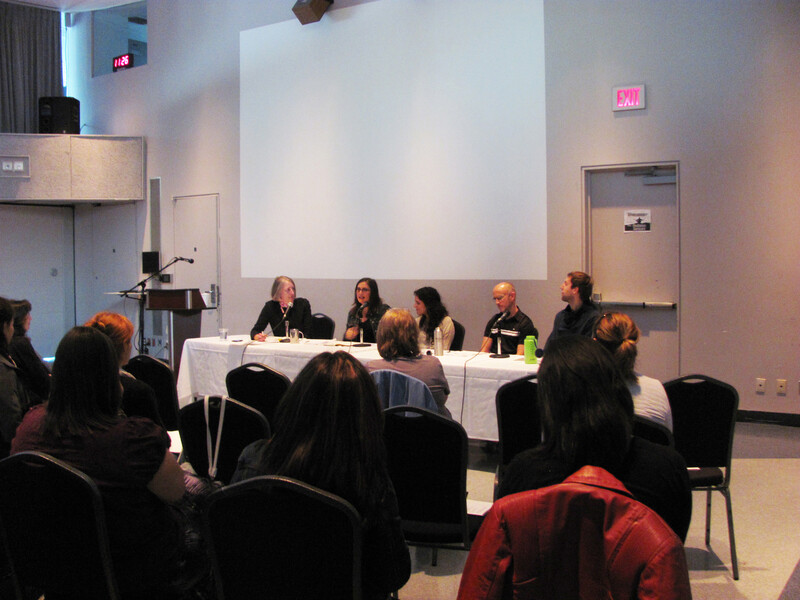
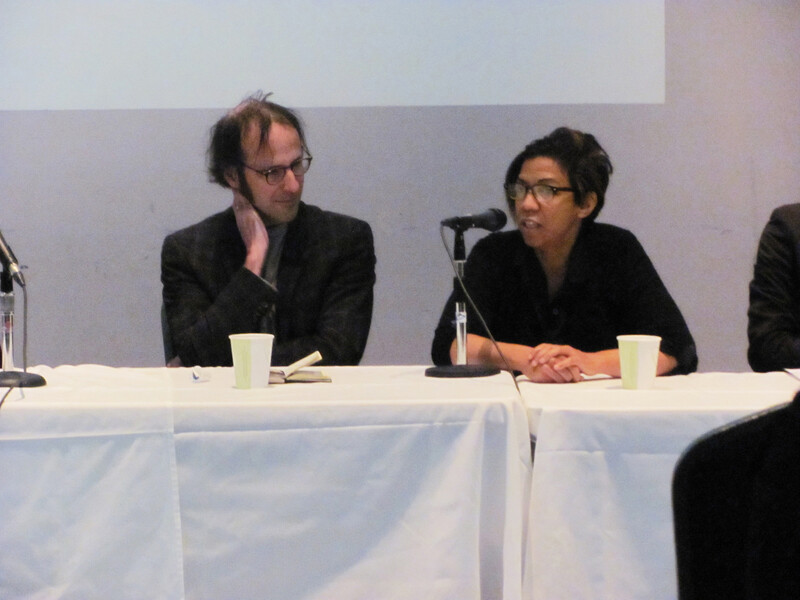
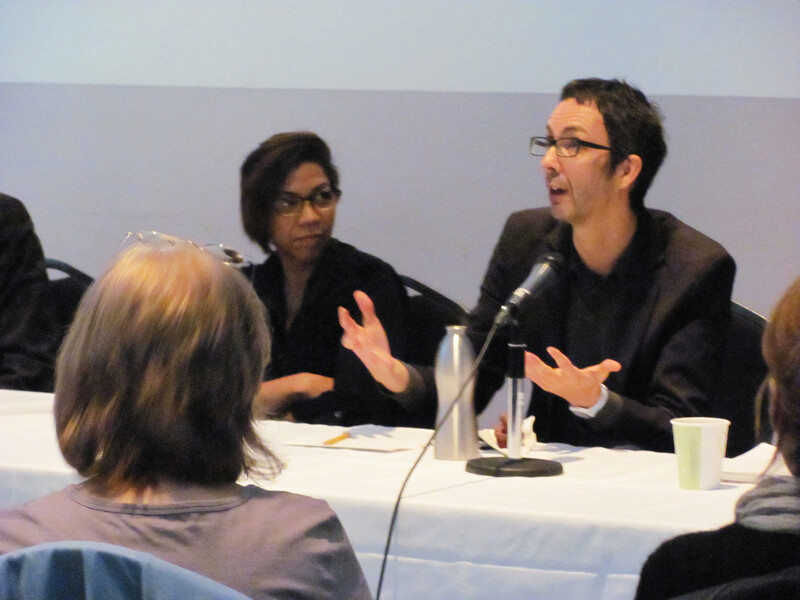
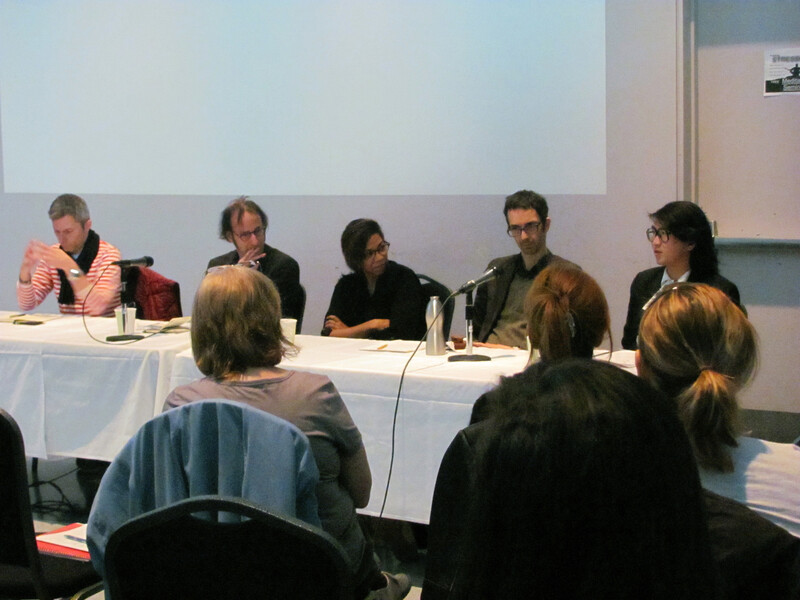
- Keynote
- Christof Migone
- Speakers
- Shannon Anderson
- John Armstrong
- Jill Caskey
- Marnie Fleming
- Marla Hlady
- Matthew Hoffman
- Faye Mullen
- Johnson Ngo
- Heather Saunders
- Denyse Thomasos
- Jay Wilson

The Blackwood
University of Toronto Mississauga
3359 Mississauga Road
Mississauga, ON L5L 1C6
[email protected]
(905) 828-3789
The galleries are open. Hours of operation: Monday–Saturday, 12–5pm.
Facebook | Twitter | Instagram
Sign up to receive our newsletter.
The Blackwood is situated on the Territory of the Mississaugas of the Credit, Seneca, and Huron-Wendat.